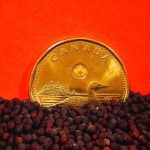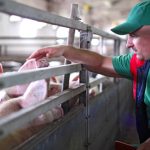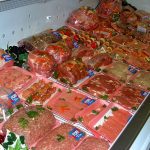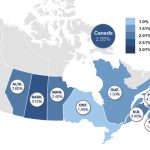Canada's retail sales shrank by 1.1 per cent in May as consumers curtailed car purchases and spent less at supermarkets, convenience stores and on alcohol, data showed on Thursday.


Food and beverage saw declines, led declines in beer, wine and liquor sales and declining convenience store transations

Rise in prices led by durable goods, clothing, footwear


Downward trends for cattle, swine herds; positive bent to feed, fertilizer affordability

CAPI hopes to broaden policymakers' perspective

U.S grain marketing is looking as messy as its politics

Despite what it feels like, Canada’s story is one of agricultural and food system resilience

Agriculture is an economic powerhouse, but only if policy makers let it be

Pork’s outlook positive despite headwinds, industry says

FCC’s latest analysis suggests the effect hasn’t hit home yet